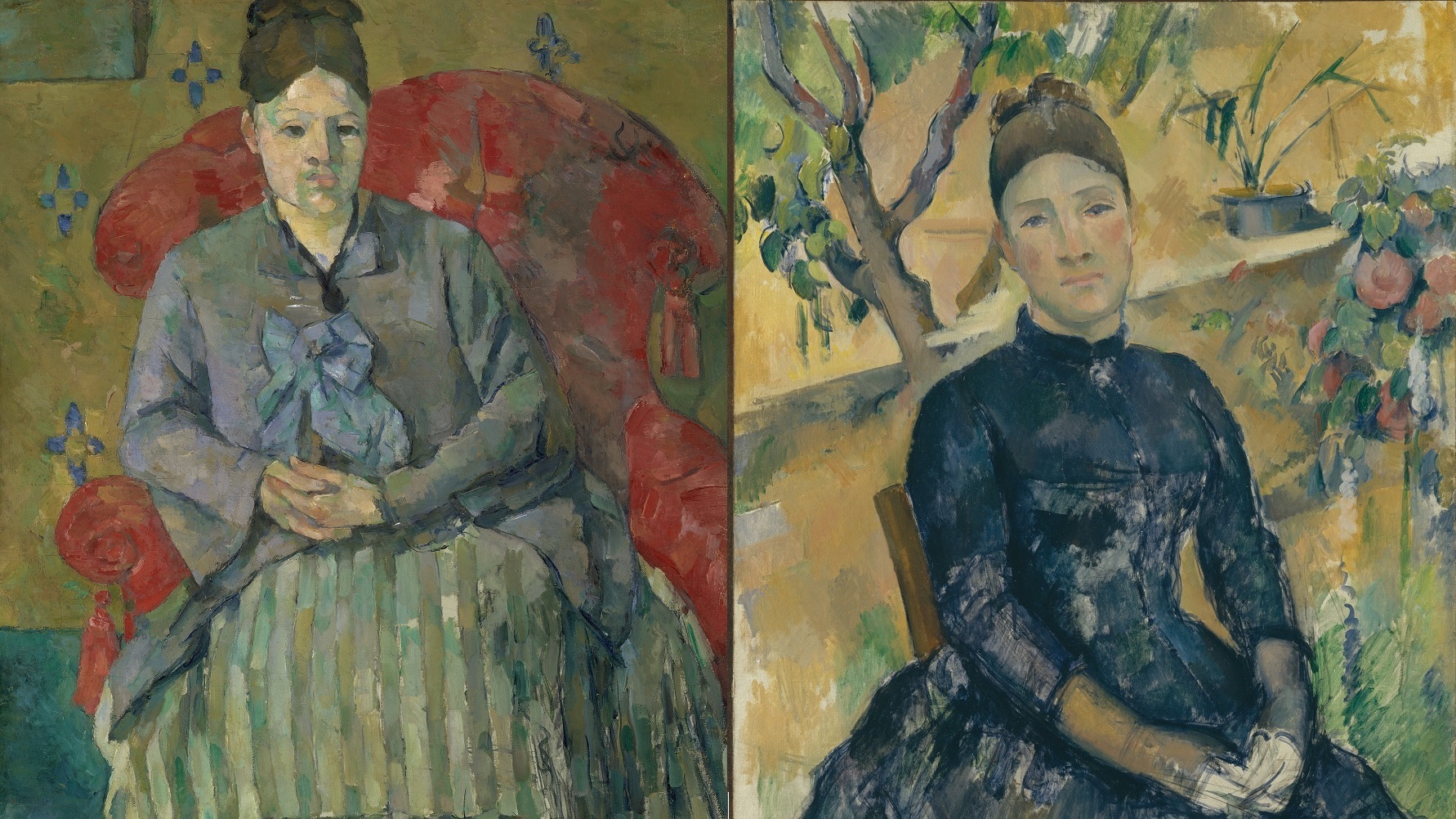Question: What is the relationship between creativity and depression?
Kay Redfield Jamison: I think that for thousands of years people have made the observation that there are certain kinds of extreme depressive states that seem to be more likely to produce philosophers, people in the arts, unusually brilliant scientists. In modern studies, a lot of modern studies have born that out, that there is a disproportionate rate of mood disorders, of depression and bipolar disorder in highly creative groups in the arts, sciences and so forth. I think that that's a real phenomenon. I think that the changes that go on in the brain when people are mildly manic, the experiences of extreme states, the kind of experiences that people then go on to write and create about. All those things I think are reasonably well documented. It's controversial but it's actually the studies are almost all in the same direction.
That doesn't get away from the fact that these people, a lot of these people who are highly creative also had very miserable lives and I try to point this out when people start romanticizing mental illness, is that Byron and Van Gogh wanted to be treated. Byron traveled with doctors. Van Gogh admitted himself, finally, to the hospital. They were in agony, in pain, and suffering. So it's not a romantic life; it may look romantic from the outside, but if you read their letters and their correspondence with friends, it's not anything wonderful. Many of them died young by suicide and the rate of suicide is also way disproportionately high in these highly creative groups. It's the last thing you want is people dying young, dying prematurely in any event.
So I don't think it has to be a choice between being creative and being on medication. In this day and age, we've got a lot of a wide variety of medications and psychotherapies and people are kept at much lower doses than they used to be. It used to be in the early days of lithium, people were really tanked up on lithium so that I think it really did have an affect.
Recorded On: September 30, 2009





